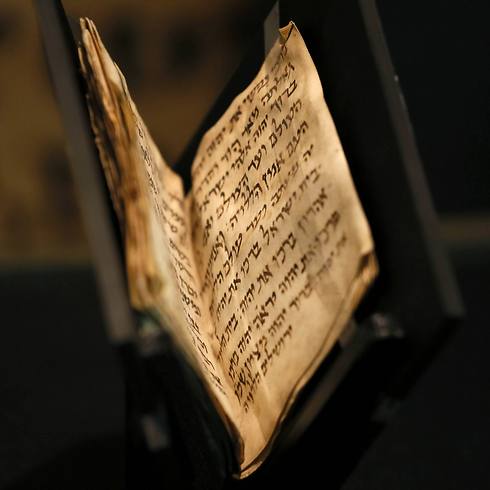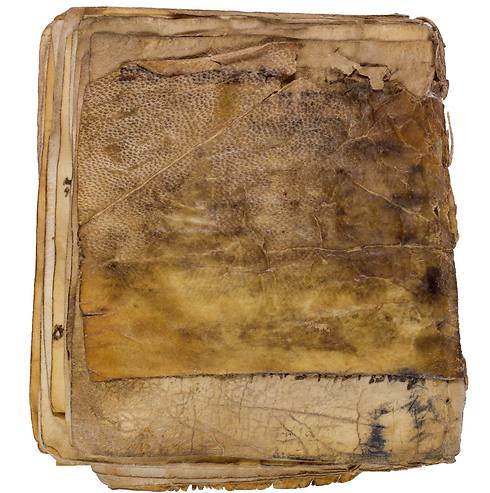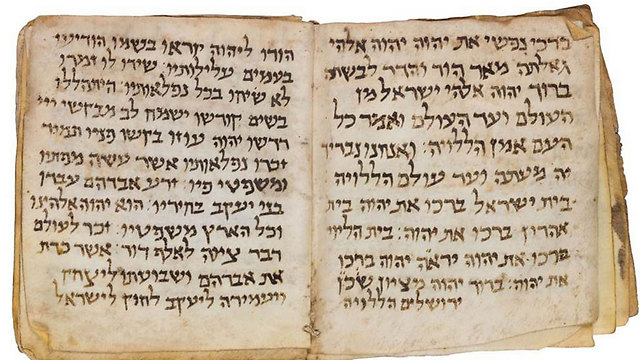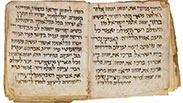
World's oldest siddur on display for first time in Israel
The 1,200-years-old Jewish prayer book, which contains morning service, liturgical poems and Haggadah, will spend next month at Bible Lands Museum in Jerusalem.
It was a historical moment at Jerusalem’s Bible Lands Museum on Thursday night as the world’s oldest known Jewish prayer book, or siddur, was displayed for the first time to the general public with leading Jewish and Christian figures present.
The siddur, which is 1,200 years old, belongs to Steve Green of Oklahoma, a devout Christian and owner of one of the largest collections of rare biblical artifacts in the world, with over 44,000 rare texts and biblically-related objects.
This prayer book will be displayed for one month in the Book of Books exhibit, the internationally-acclaimed exhibition which displays the most important biblical texts and traces the history of the Bible and the dissemination of the monotheistic faith.
On display are original fragments from the Septuagint, the earliest New Testament Scriptures, exquisite illuminated manuscripts, rare fragments from the Cairo Geniza and original pages from the Gutenberg Bible.
"We are honored to have the prayer book in our Book of Books exhibition. The book is evidence of a thriving and creative community and cultural life 1,200 years ago," said Amanda Weiss, the Director of the Bible Lands Museum. "We want to give the world the opportunity to see this remarkable piece of document."
The prayer book, about 10 centimeters (four inches) long and seven centimeters wide, is written in Hebrew, contains about 50 pages, and is still in its original binding. It has three main parts; the morning service, liturgical poems and the Haggadah read at the Passover Seder.
It dates back to the first half of the 9th century AD during the period of the Babylonian Geonim, the spiritual leaders of the Jewish community in the early medieval era. It was during this period that Amram Gaon, one of the leading Geonim, wrote an orderly liturgy for the first time used for both the synagogue and home. The siddur originates from the Middle East and has undergone sophisticated carbon-test dating methods to validate its age.
"Scholars have yet to fully research the prayer book," added Weiss, noting that that there are experts around the world studying high-quality digitalized versions of the siddur.
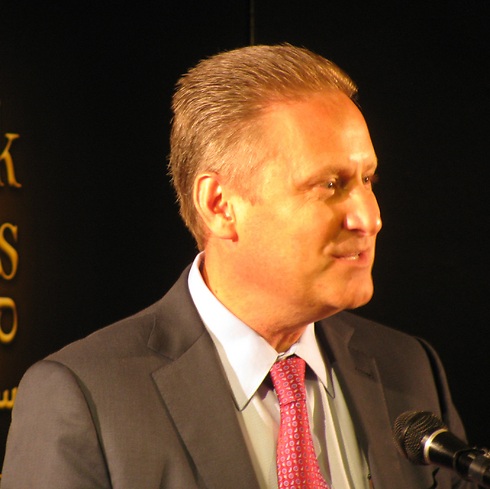
Green told The Associated Press that the book originated in the Middle East and that three experts, working independently, had carbon-dated it to 820 AD.
Haggai Ben Shammai, the academic director of Israel's National Library, agreed that the prayer book could be the most ancient Hebrew codex known to exist, though he said there is another contender in Germany.
A codex is a manuscript bound in book form with writing on both sides of page. Until the 5th or 6th century, Hebrew documents were written on parchment scrolls, so a codex represents a big step forward in the history of manuscripts.
"I have no doubt it's an important thing," Shammai said. "We don't have very ancient examples of Jewish codexes."
But Aviad Stollman, curator of the National Library's Judaica collection, said he is not convinced Green's donation is from the 9th century, or that it is even an ancient codex or Jewish prayer book. He said the manuscript needed further research to shed light on its authenticity.
"Perhaps it is a collection of papers," Stollman said. "In some ways it looks as if someone took a bunch of papers and collated them."
Museum director Amanda Weiss said she was convinced that the prayer book is genuine based on the carbon dating of Green's experts. Alluding to the prayers it contains — prayers still recited by observant Jews today — she said it had special cultural significance and is "a testament to the continuity of the Jewish people."
Green purchased the siddur over a year and a half ago for his Oklahoma-based collection. Before the prayer book was purchased by Green, it was originally in the hands of a private family for many generations according to Weiss.
Green said he came from a very religious family and had several relatives who had been clergymen. He said he donated the book because he wanted to "bring our love for the Bible to the land of the Bible."
His family plans to spend hundreds of millions of dollars to create a Bible museum on land near the National Mall in Washington. It's scheduled to open in 2017 and will display the family's massive collection of biblical artifacts, including ancient texts.
"I know that the Jewish people have a great appreciation for this prayer book," Green told Tazpit News Agency. "It’s been through many travels and I'm glad that it has made its way here to Jerusalem," he added.
Among those present at the unveiling of the prayer book at the Bible Lands Museum on Thursday night were Speaker of the Knesset, MK Yuli Edlestein, and Father Gabriel Nadaf, a Nazareth-based Greek Orthodox priest, who has worked to foster closer ties between Jewish and Christian communities in Israel.
"I’m proud to be here this evening because together we are witnessing our shared history and faith, and experiencing history anew from eyes that appreciate the past," Nadaf told Tazpit. "It’s a very moving moment and it comes from the heart, to see where we originally come from."
"Not only are we the 'People of the Book', we are the people of the same book, the same language and the same prayers," said Speaker Edelstein. "These are the exact same words millions of Jews say every morning and this is the best example of Jewish continuity."
The Associated Press contributed to this report.










